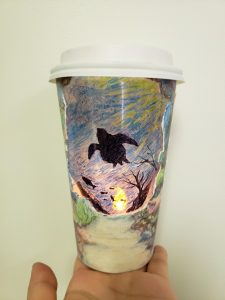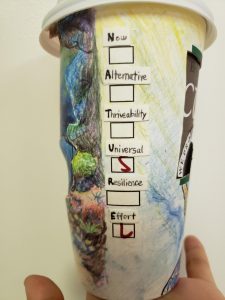Bhumika Jakkaraddi
As a four-year-old girl, the story of the old woman who lived in a shoe was a toss-aside nursery at best. However, after fifteen years and drastic environmental changes, the old woman whose fate we dreaded as children may have actually been ahead of her time. Tiny homes could offer big changes in the face of resource competition, disastrous climate change and growing energy consumption seen worldwide. At the crossroads of policy, sustainability, and lifestyle, the tiny home movement highlighted by YouTube series and television shows like HGTV’s Tiny House, Big Living could offer solutions for several pressing issues, with the reduction of environmental impacts being at the forefront of its benefits. While the tiny homes highlighted in these series range from rural to retro, their appearances are not their only source of intrigue. Through encouraging low-cost, minimalistic living styles, the optimization of natural resource use and the reduction of waste production, living small could lead to massive environmental improvements for all to benefit from.
So what exactly constitutes tiny living? The answer appears to differ from home to home, as tiny homes vary from not only normal housing but within the realm of tiny houses themselves. The aim of the tiny living movement is to construct functional homes, which utilize the minimum resources necessary for proper functioning. The average tiny home utilizes less than 250 square feet of space and is typically mobile in order to evade normally imposed building codes mandating that living spaces have modern essential amenities and be at least 300 square feet.[1] Non-mobile homes ranging from 250 to 1000 square feet, however, follow the same principles of living as their tinier counterparts. These homes are typically built with sustainable building materials, utilizing scraped building material or sustainably sourced supplies. Due to their reduced sizes, these homes also employ far less energy use due to the decrease of energy required to heat or cool such small spaces.[2] Additionally, tiny homes require far less electricity use, utilizing only 914 kilowatts per year compared to the 12,773 kilowatts per year required for average houses.[3] Proponents of the tiny living movement also encourage the production of less waste, crediting smaller spaces as motivators to create less waste or own fewer items in general. This aids in eliminating unnecessary items from our day to day lives and in identifying items used frequently and thinking of ways to make these items fit into a sustainable lifestyle. By identifying necessary materials in daily living, supporters of minimalistic living encourage individuals to find sustainable alternatives to them, such as swapping plastic bags for reusable ones, bottled water for water bottles and compostable plates and cutlery rather than foam or plastic at large scale events.
While tiny homes take meticulous planning, concentrated efforts in lifestyle change, and infringements on normal living, making the switch to tiny homes could simultaneously improve your approach to living, life satisfaction and the conditions of the environment. Small but powerful, these miniscule homes pack a mighty punch and are looking for new homeowners everyday across the globe: could you be the next one?
[1] https://greenfuture.io/sustainable-living/tiny-houses-sustainable-living/
[2] https://www.ase.org/blog/tiny-homes-are-big-energy-efficiency
[3] https://www.countryliving.com/life/a6110/tiny-house-infographic/



